Here’s What It Would Look Like To Live In A Castle In Italy

I get a fair amount of unsolicited emails on a daily basis here at TheExpeditioner, including everything from PR agencies announcing news about a new hotel opening somewhere in Costa Rica to travel startups letting me know about their newest app launch, which is all fine and good.
If I had more time, I would probably write more about these various announcements (probably more about the product launches and less about the hotels), but I don’t, so I have to be a little more selective, which is probably good for you the reader, who would quickly become bored reading these types of posts.
However, one recent email intrigued me the second I clicked on it. As soon as I started reading, I knew this was not your typical PR pitch. It began like this:
Good afternoon The Expeditioner Staff,
This is Count Carlo Claudio Sagrini writing from Italy . . .
Now, usually when I have counts emailing me, it’s to inform me I’ve recently been chosen as the lucky recipient of a cash fortune, which due to unforeseen political circumstances, needs to be transferred to my bank account in order for the money not to be lost (naturally, I would be receiving a cut of the money for my efforts).
But this count had something much better to tell me. He wanted to let me know about a hotel, the Hotel Castello di Petroia, which he runs in rural Umbria. And oh yeah, did he mention it just happened to be a 12-century fortress dating back to 1422 and situated on a hilltop in the Italian countryside?
Here’s the full history. Petroia Castle can date its origin back to 1073, but it really gained fame on June 7, 1422, when Federico da Montefeltro, future Duke of Urbino, was born within it walls (he was the product of an adulterous affair between his father, Guidantonio da Montefeltro — the Duke or Urbino, and Guidantonio’s wife’s lady-in-waiting, Elisabetta da Accomandugi).
Federico would grow up to be a hugely important figure in the history of the Italian Renaissance, funding the largest library outside of the Vatican and becoming one of the biggest supporters of the arts, including the early education of a young Raphael.
Fast forward a few hundred years to the 20th century to Good Friday, 1925, when Sagrini’s family acquired the castle, eventually converting it into what is one of the world’s most unique and storied hotels. For the past 15 years, Sagrini has been welcoming travelers from around the world, eagerly educating them of the property’s amazing history, and allowing them the opportunity to experience life as an Italian duke, if only for a few days.
As Sagrini describes, the interiors are infused with warm wood, antique furniture and fresco ceilings, and from all around the castle are spectacular views of the 800 acres of undeveloped forest that surround the castle.
So if you’re curious what it’s like to stay in a castle in Italy, here’s a small taste.
The Entrance Gateway
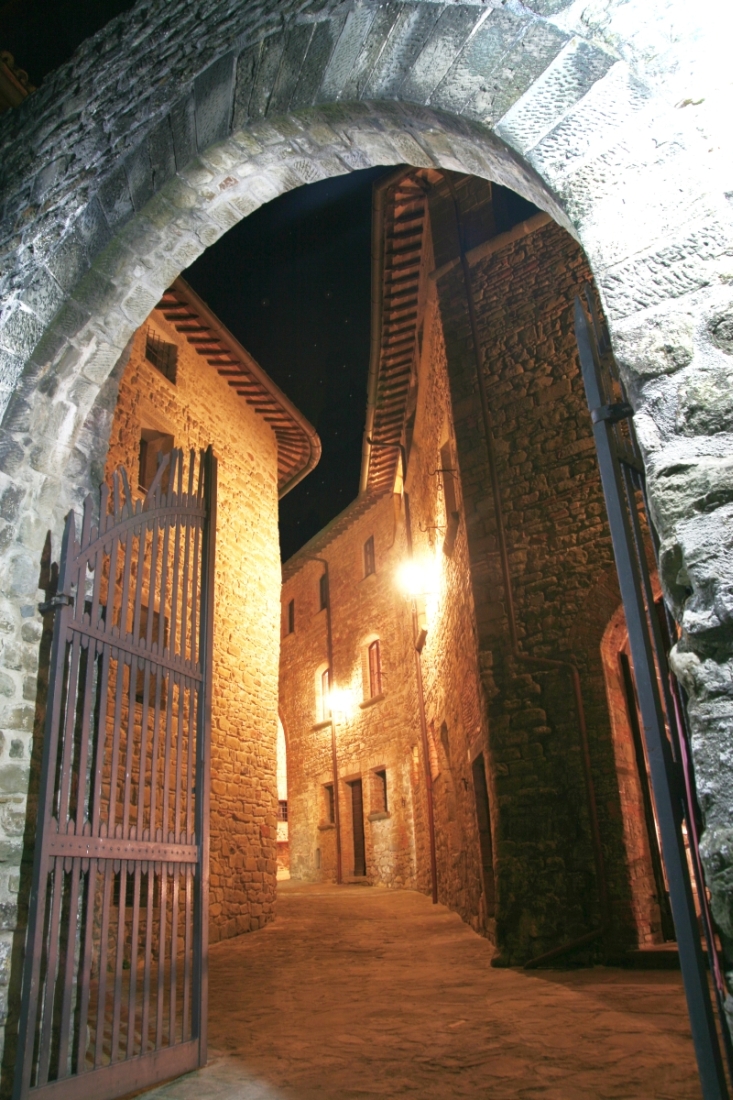
The austerity of the entrance gate at night brings you back into the 11th century (but also into the inner fortress courtyard).
The Tower
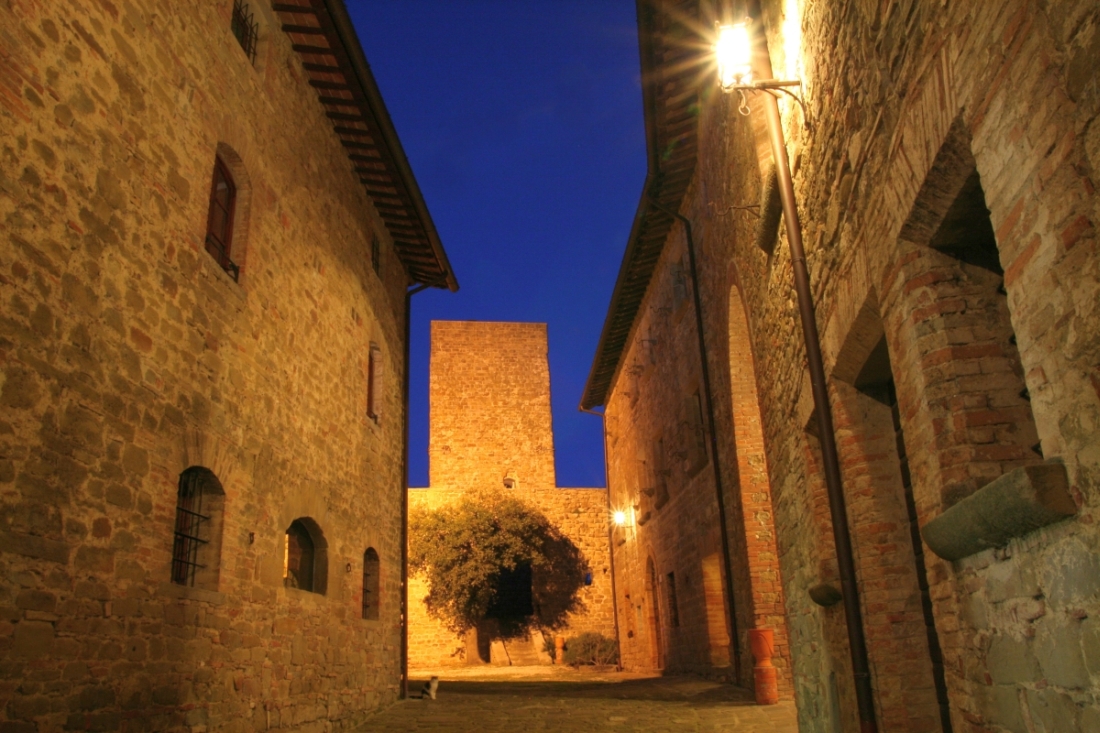
The castle tower is now a private 3-floor room. At the top is an open terrace where visitors have an unforgettable 360-degree view of the castle’s grounds.
Suite Federico Dux
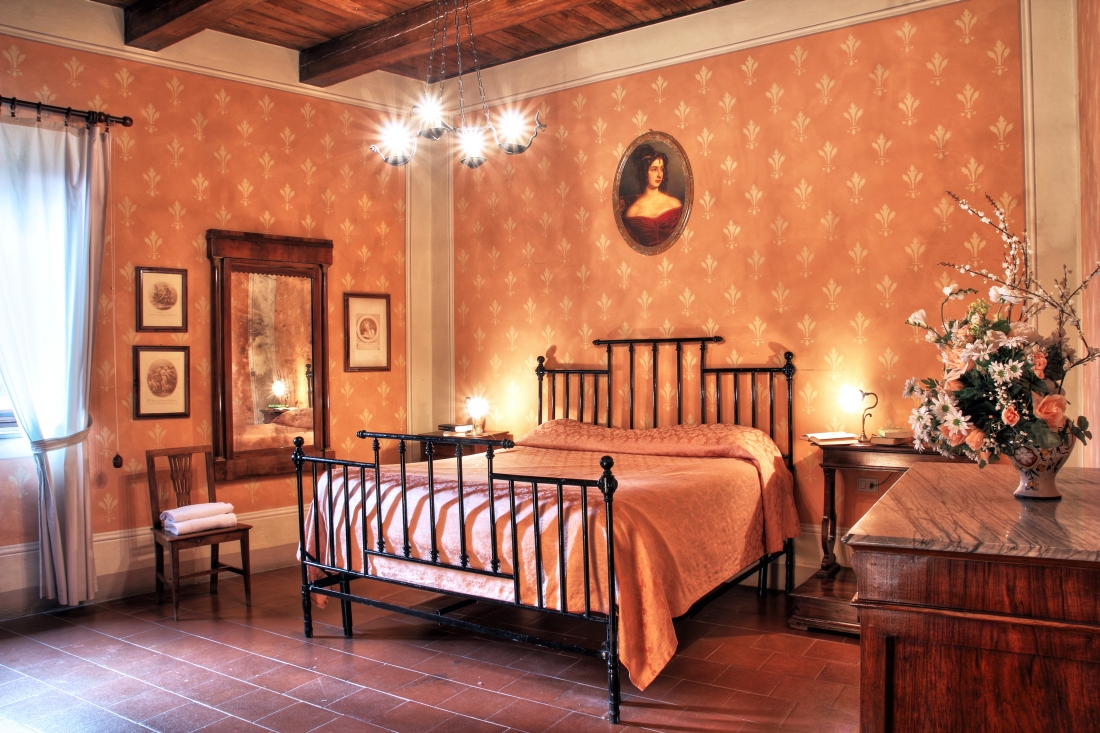
This is the romantic Suite Federico Dux, complete with wooden beams, frescoes, antique furniture and a fireplace. It’s here you can really feel like a duke.
Deluxe Room
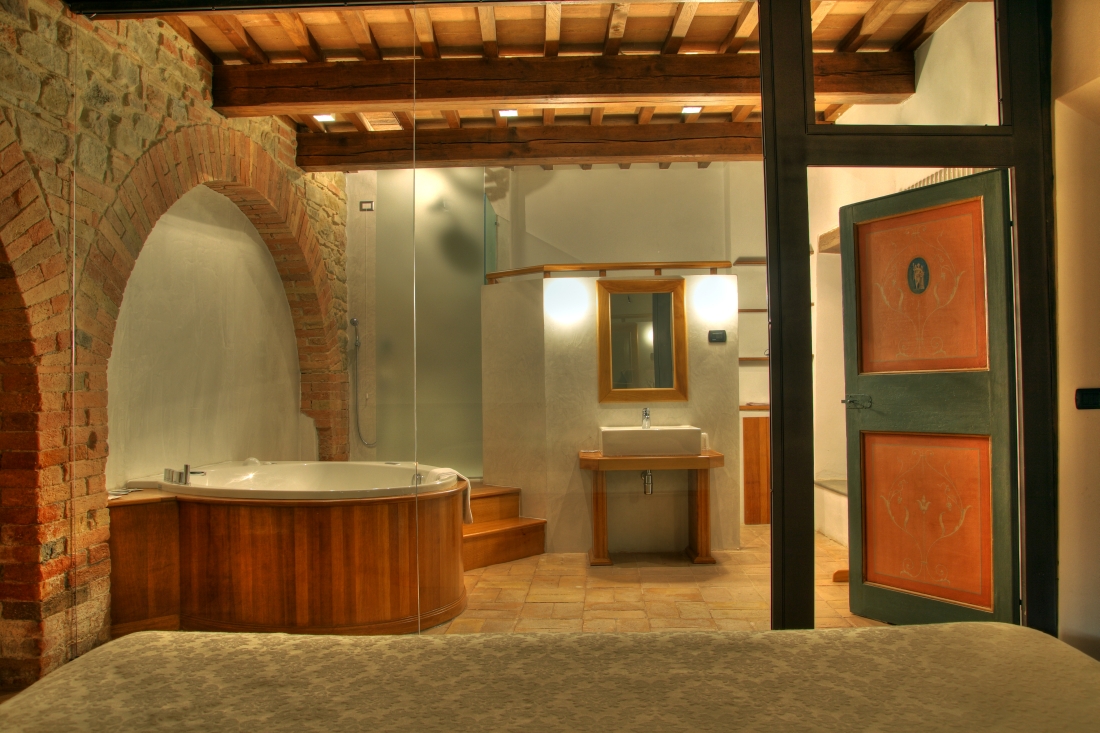
When the antique spirits of the castle met the modernity of the new age, the Suite Deluxe was born.
The Knight Room
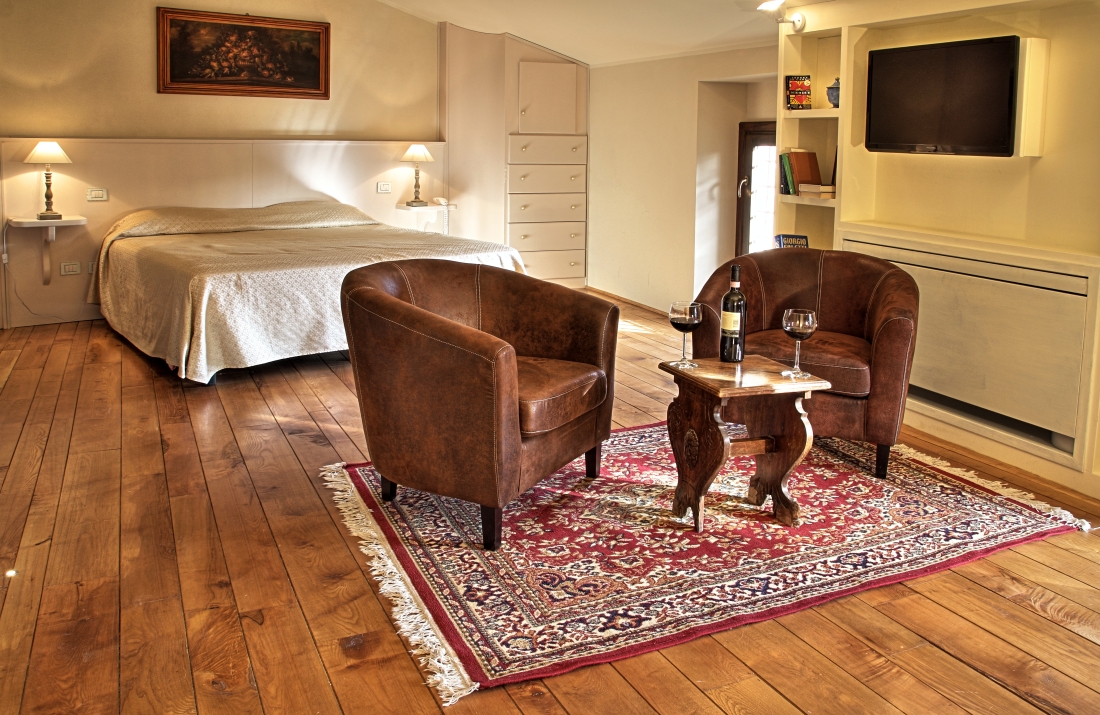
This is the room where the knights used to rest after a long day.
The Restaurant
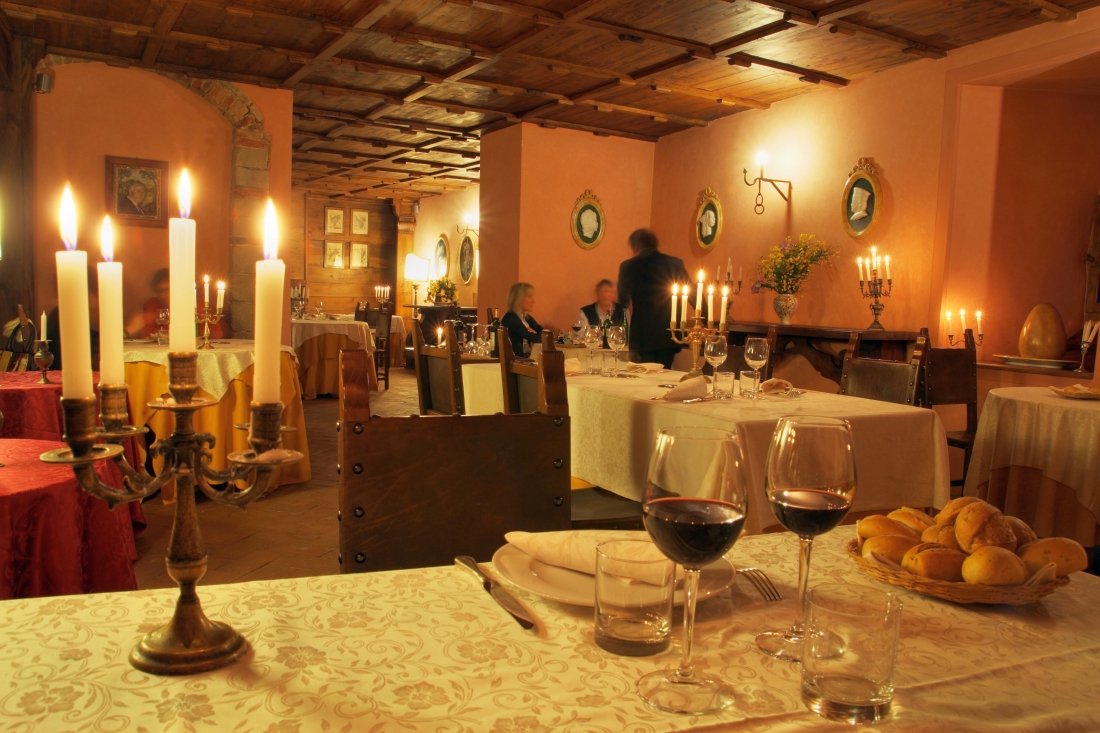
The main hall is now the restaurant of the castle, complete with a romantic atmosphere and small loophole windows, boxed wooden ceiling and softly painted walls.
The Guidubaldo Hall
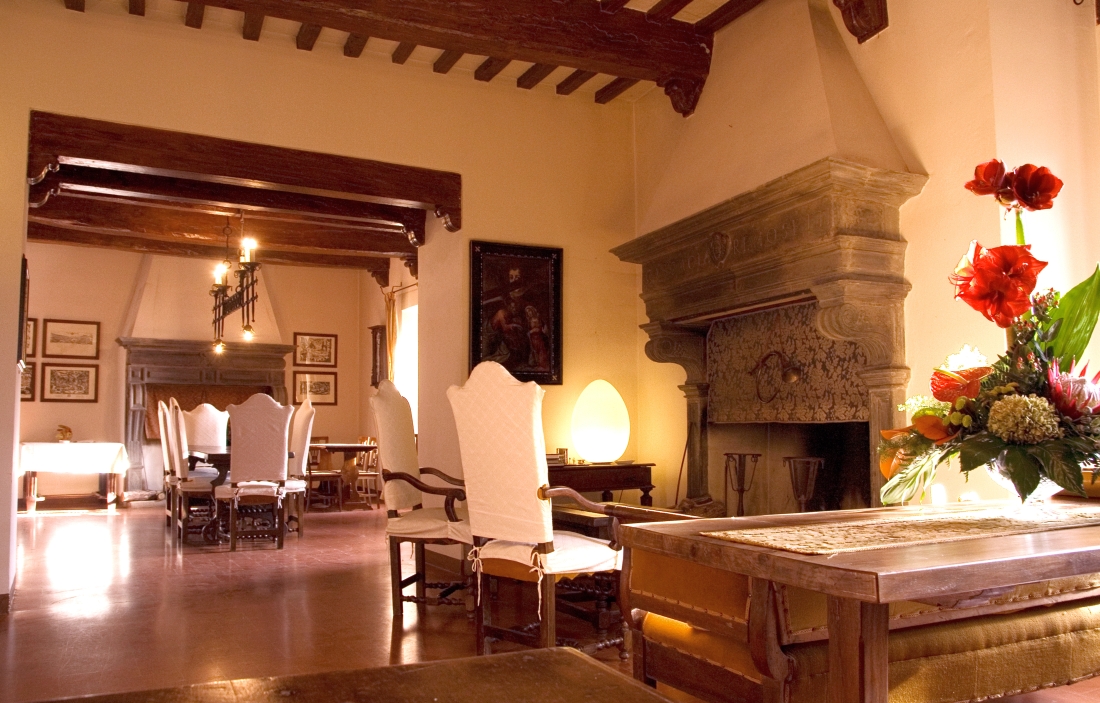
The living hall, with two stone fireplaces, original ceilings and antique paintings, is where the lord would usually breakfast in the morning.
The Guest Manuscript
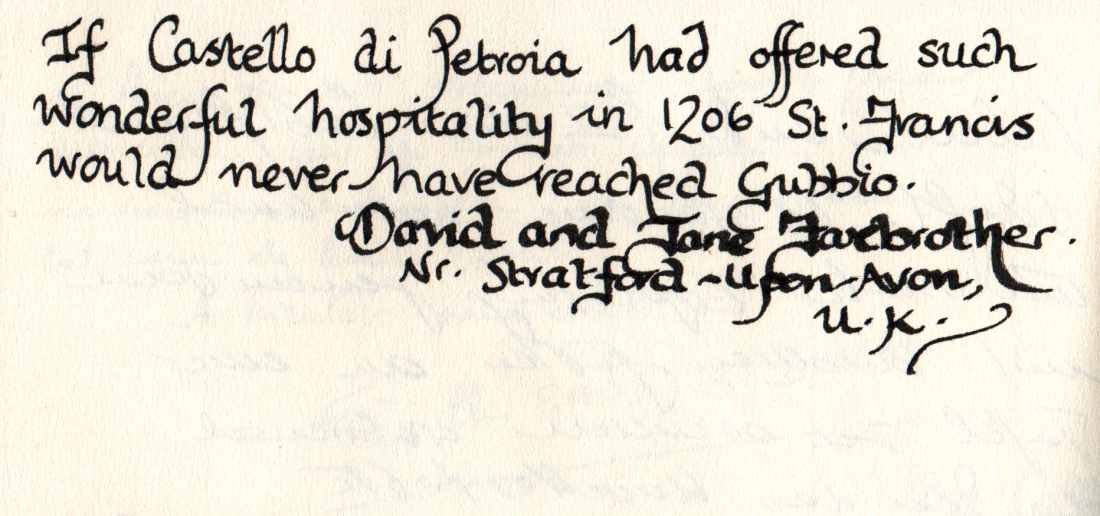
One of the castle’s guests left this after his stay: “If Castello di Petroia had offered such wonderful hospitality in 1206, St.Francis would never have reached Gubbio.”
*
Bonus Images
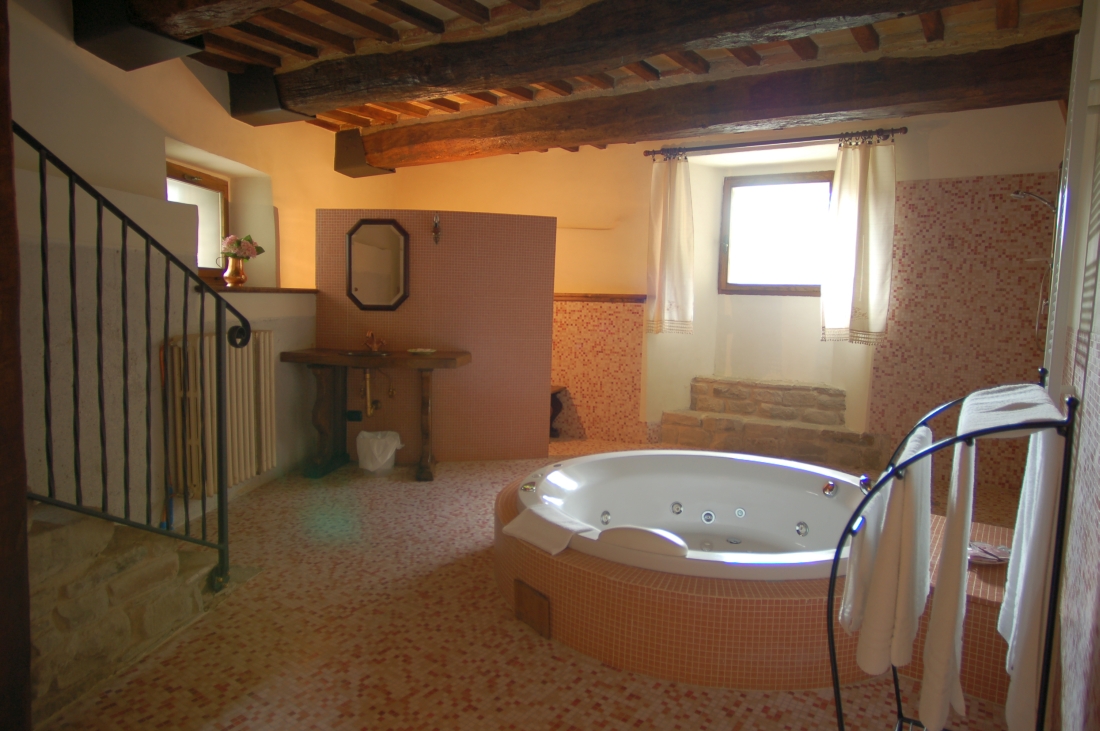

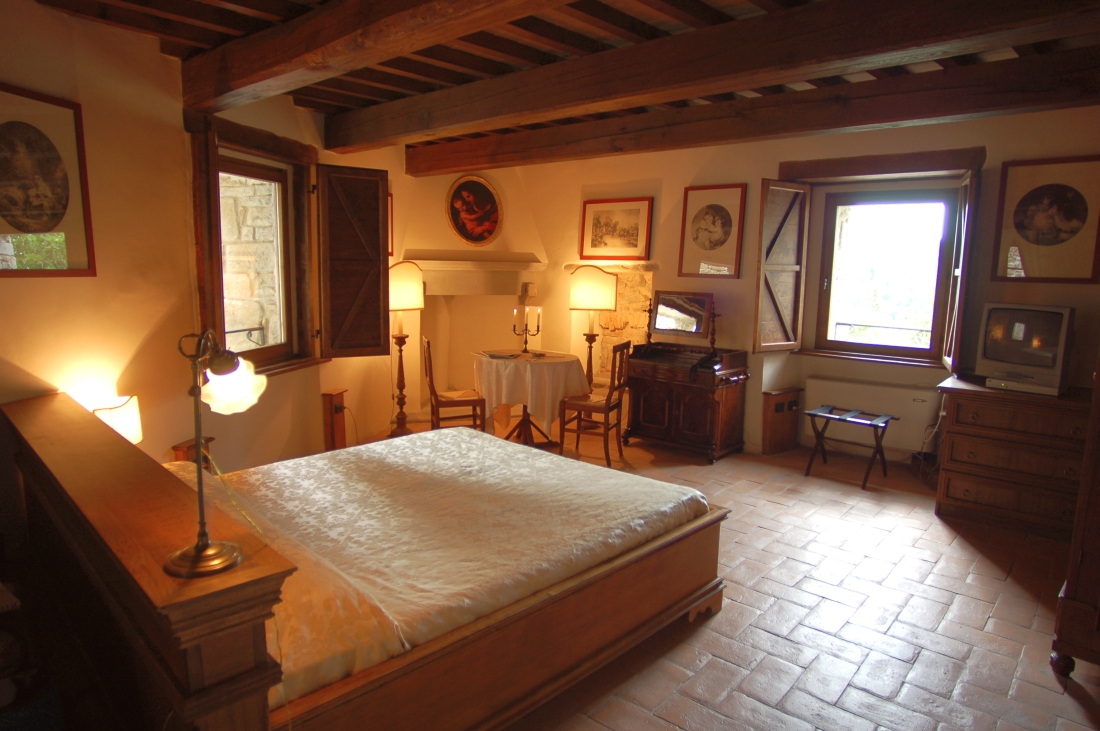
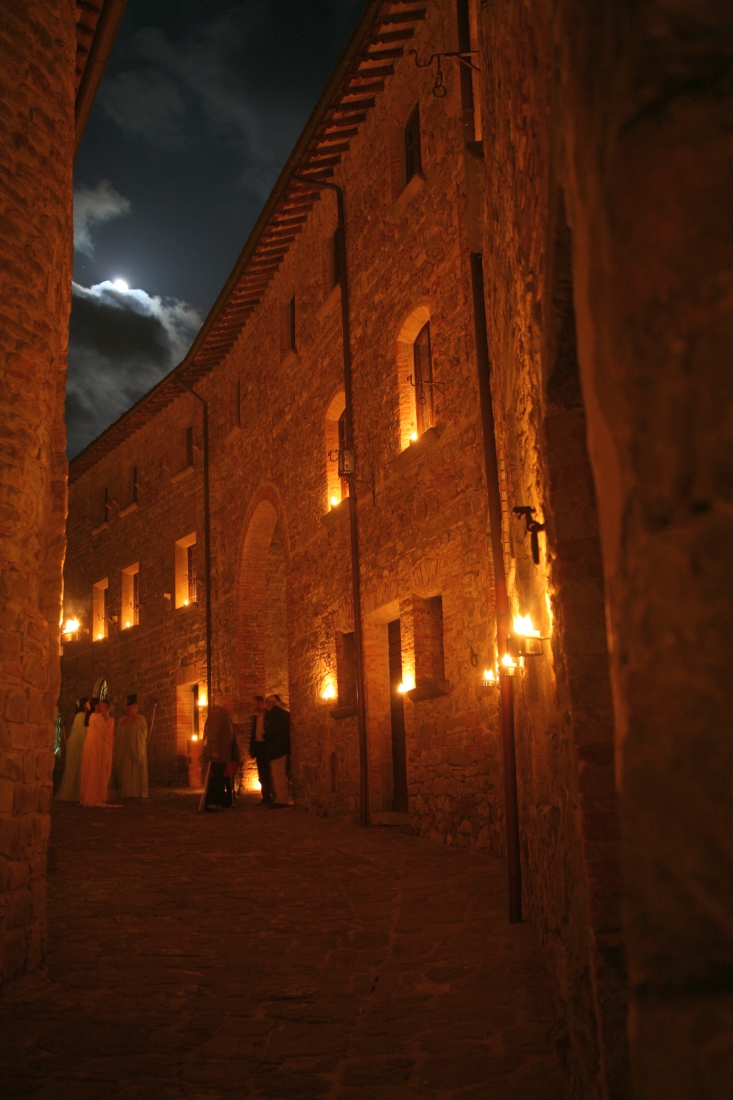
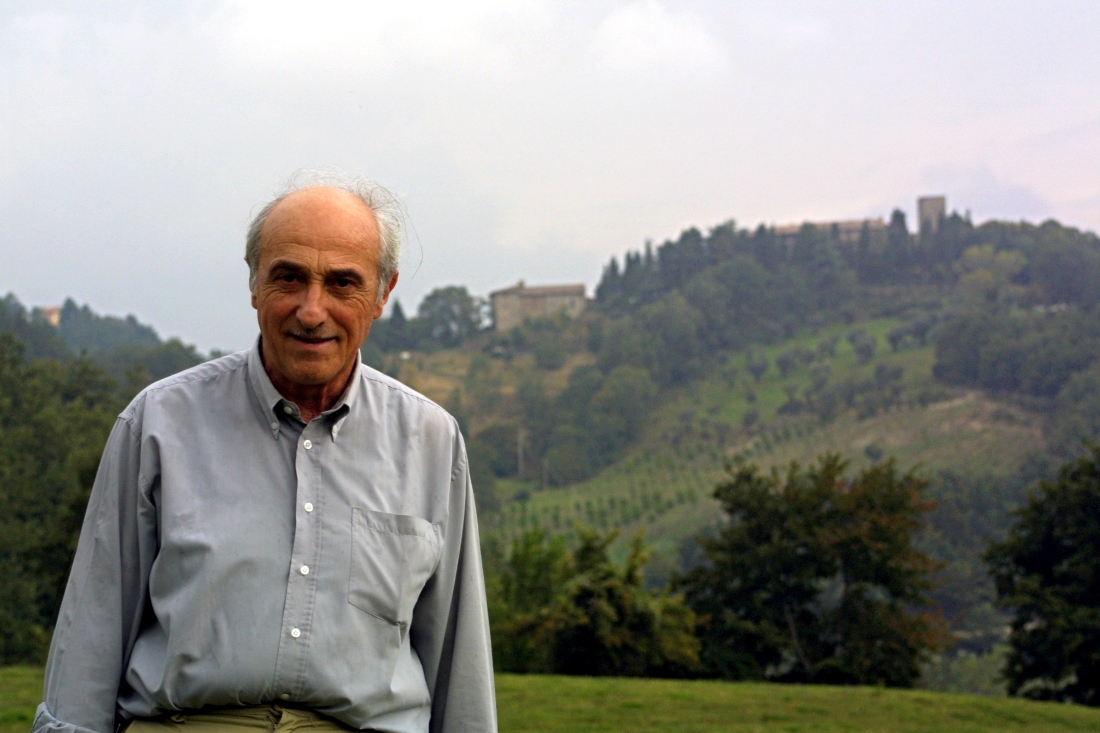
For more information, please visit Hotel Castello di Petroia.
By Matt Stabile

ABOUT THE AUTHOR
 Matt Stabile is the founder and Editor-in-Chief of TheExpeditioner.com. You can read his writings, watch his travel videos, purchase the book he co-edited or contact him via email at any time at TheExpeditioner.com. (@TheExpeditioner)
Matt Stabile is the founder and Editor-in-Chief of TheExpeditioner.com. You can read his writings, watch his travel videos, purchase the book he co-edited or contact him via email at any time at TheExpeditioner.com. (@TheExpeditioner)
